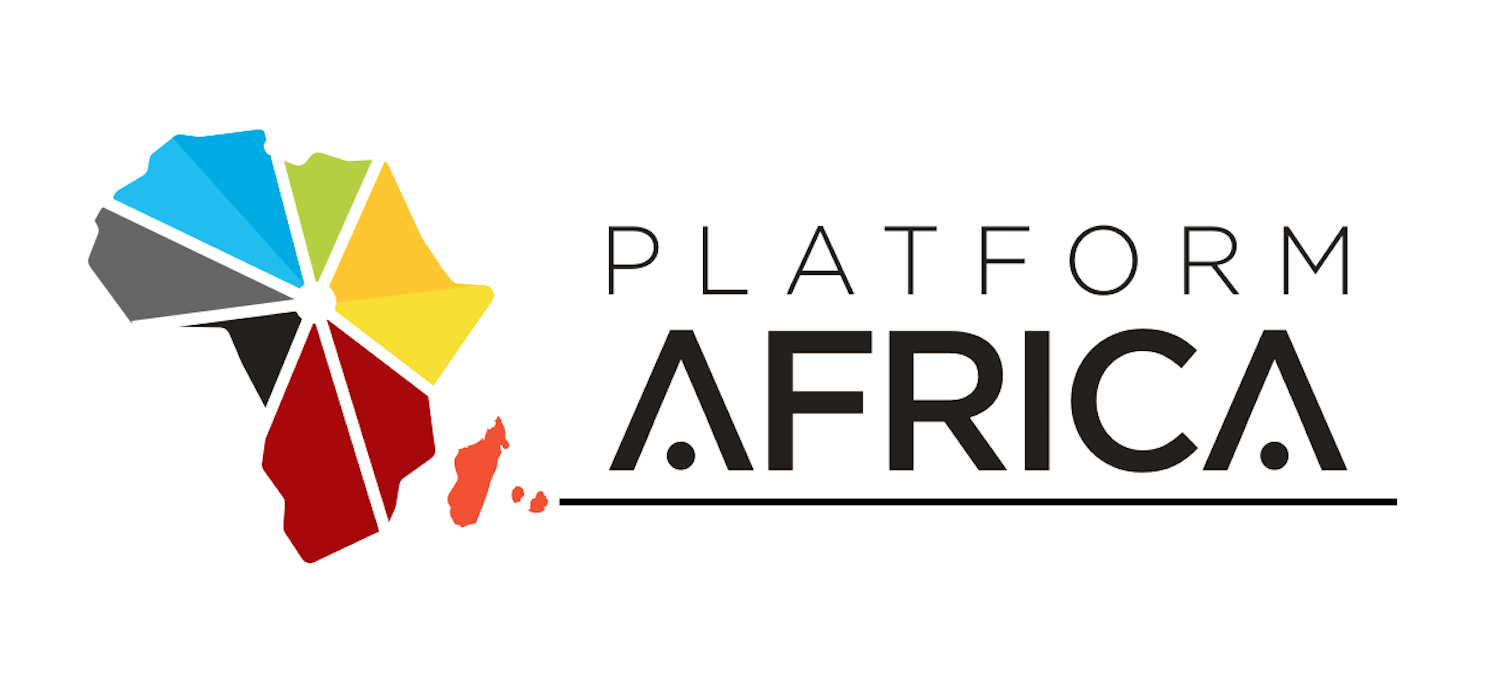The Board of Directors is often perceived as the cornerstone of a company, yet it remains an enigmatic entity for those outside its realm. While its importance is widely acknowledged, the role it plays in shaping corporate strategy and governance is subject to varying interpretations.
Historically, boards have operated as exclusive, insular groups—a “closed club”—compriseing individuals with extensive experience and deep professional networks. While such structures offer stability and expertise, they also present significant challenges, including resistance to change, a lack of diversity, and weakened oversight. This article explores the closed club culture, its impact on corporate governance, the evolution towards inclusivity, and key challenges facing boards in 2025.
The Traditional Board: An Exclusive Club
For company employees, the board is often seen as a selective group of highly experienced professionals who guide the organization from above. The phrase “the orders come from above” encapsulates this perception. Board members typically bring deep expertise in finance, strategy, or regulation, and their role is both a privilege and a responsibility.
Board meetings are the primary forums where decisions are made. During these sessions, the CEO and CFO present key financial and operational updates. Board members analyze condensed data, discuss major projects, and vote on crucial strategic decisions. Once agreed upon, the CEO is responsible for executing these directives throughout the organization. However, the challenge lies in bridging strategic vision with operational execution—a gap that can widen in rigid, insular boards.
Negative Impacts of the Closed Club Culture
While experience and exclusivity can offer stability, they also come with significant drawbacks:
- Lack of Diversity in Perspectives
Homogeneous boards foster decision-making echo chambers, limiting innovation and adaptability. Companies with diverse boards are 43% more likely to experience higher profitability (McKinsey study), yet discussions on diversity often remain restricted to gender representation. - Weakened Accountability
Insider-dominated boards, where members are appointed based on personal relationships, can weaken executive scrutiny. A 2022 PwC survey found that 49% of directors believe at least one board member should be replaced for underperformance. - Poor Strategic Decision-Making
Many large companies struggle to adapt to market shifts due to an aging, static board. In contrast, agile startups with dynamic leadership often outmaneuver traditional firms. - Erosion of Stakeholder Trust
Boards that appear disconnected from employees and investors risk damaging corporate reputation. Deloitte research indicates that companies with diverse boards report a 24% increase in investor confidence. - Increased Risk of Unethical Practices
Insular boards may prioritize personal interests over corporate integrity. A stark example is the Wirecard scandal, where an insider-dominated board failed to detect a $2 billion fraud in 2020. - Impact on Talent and Succession Planning
Over-reliance on personal networks restricts access to top talent, hindering leadership transitions and long-term stability.
The Shift Towards Diversity and Inclusion
The closed club culture is slowly evolving as diversity becomes a priority. More women are joining boards, recognized for their crisis management, creativity, and diplomacy. Generational and cultural diversity further enriches board discussions, fostering innovation and inclusivity.
Global Trends in Board Composition
Some countries have made significant strides in breaking the closed club culture:
- United States: Regulatory frameworks and investor activism push for board diversity (e.g., Nasdaq mandates at least one diverse director per listed company).
- United Kingdom: Corporate governance codes emphasize transparency and independence.
- Nordic Countries: Norway enforces a 44% female board representation quota.
- Australia: Strong governance standards ensure broader representation and stakeholder engagement.
Conversely, some regions still struggle with entrenched exclusivity:
- Japan: Only 10% of board members in top firms are independent.
- India: Family-owned businesses dominate, though institutional advisory firms are pushing reforms in board governance.
- France: Elite academic networks shape board appointments, with 60% of CAC 40 board members from just five institutions.
- South Korea: Chaebol structures concentrate power within family networks, with 80% of major company boards featuring family members.
Challenges for Boards in 2025
- Meeting Diversity Expectations
- Stakeholders demand greater gender, ethnic, and professional diversity.
- UK’s Financial Reporting Council recommends at least 33% female board representation.
- Adapting to ESG Pressures
- Boards must integrate environmental, social, and governance responsibilities.
- Companies with strong ESG scores outperform peers by 25% in long-term growth.
- Managing Digital Transformation
- AI, cybersecurity, and digital business models require technology expertise.
- Currently, only 17% of boards have a technology expert (Gartner study). It is also important to have younger generation to Boards as they are more conversant with AI and related technologies.
- Balancing Global and Local Dynamics
- Geopolitical tensions and market-specific challenges demand varied perspectives.
- Strengthening Governance Standards
- Increasing regulatory scrutiny requires higher transparency and accountability.
- Succession and Leadership Challenges
- Expanding talent pools beyond traditional networks ensures strong leadership pipelines.
Addressing the Closed Club Culture: Recommended Actions
- Encouraging Diversity
- Expand recruitment beyond traditional networks.
- Set clear diversity goals and track progress.
- Strengthening Board Independence
- Increase independent directors to enhance accountability.
- Implement objective selection criteria.
- Transparent Selection Processes
- Ensure merit-based appointments and periodic board evaluations.
- Fostering Stakeholder Engagement
- Improve communication with investors, employees, and the public.
- Align board priorities with broader stakeholder interests.
Conclusion
The closed club culture in boardrooms has long been a barrier to innovation, accountability, and trust. However, global trends indicate a shift toward inclusivity, driven by regulatory changes, investor activism, and evolving corporate expectations. Embracing diversity, enhancing governance, and integrating digital and ESG strategies are not just compliance requirements—they are strategic imperatives for long-term success. The boards of 2025 must recognize that evolving governance is key to resilience, growth, and stakeholder confidence.




